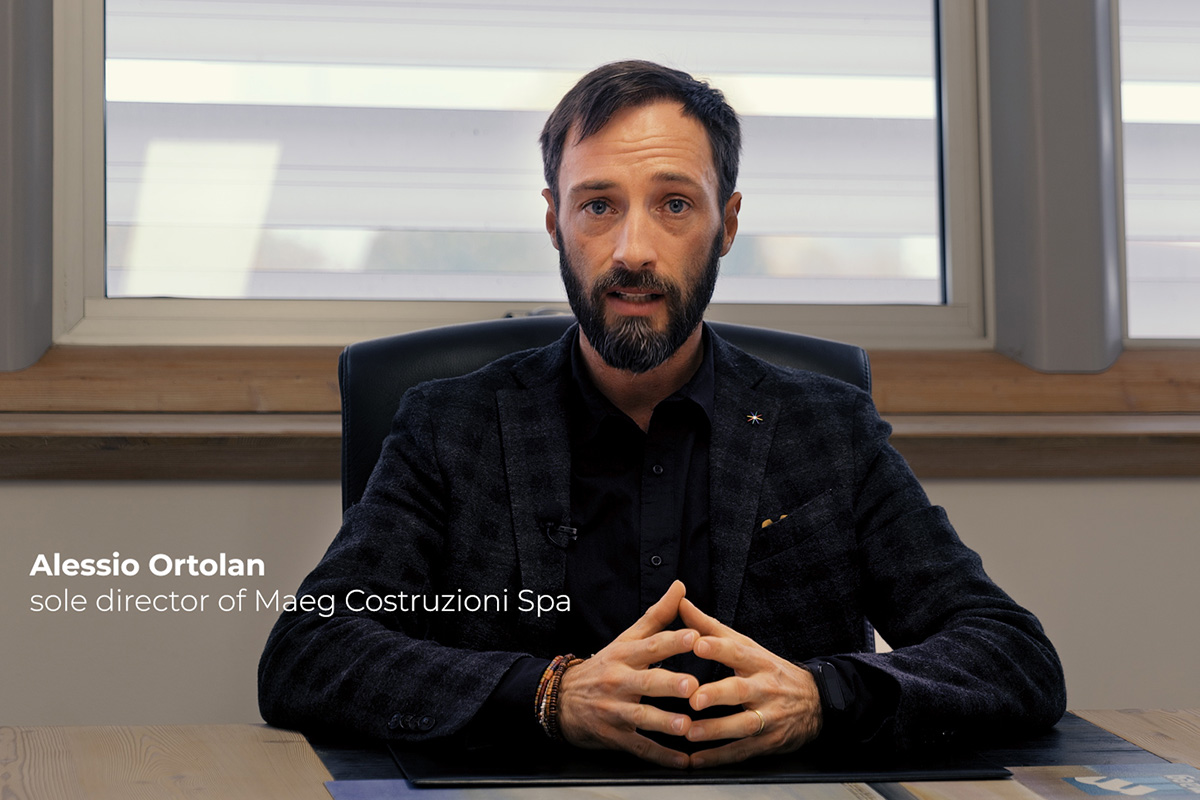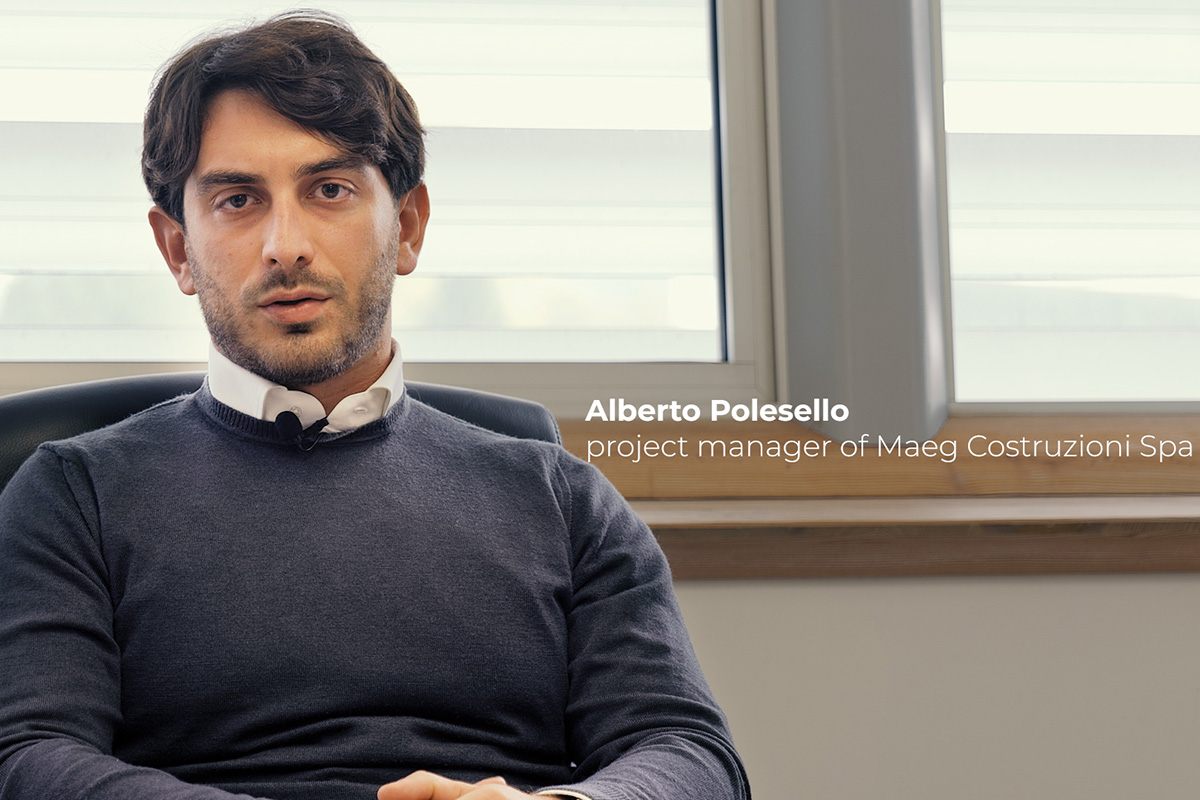In 2018 Maeg is involved in the construction of a hospital of excellence. The request for collaboration comes from a special association, which has made free medical treatment and the culture of peace its credo: EMERGENCY.
The hospital will be built in Uganda and will be dedicated exclusively to the medical care of children. Maeg is aware of intervening in one of the African countries with the highest infant mortality rate and is working on the EMERGENCY proud to be able to take concrete action to improve sanitary conditions in Uganda.
Maeg is thus making its experience and technical skills available to EMERGENCY in order to build the hospital structure, stimulated also by the prestigious collaboration with architect Renzo Piano, responsible for the project development.
In the poorest African countries, millions of people live below the poverty line of 1.90 dollars a day (World Bank 2015). Millions of people live without access to livelihoods such as food and drinking water. Millions of people live without health facilities, hospitals may be too expensive to receive medical assistance or too far away to be reached even on a day's journey. Political unrest, civil war, endemic diseases and natural disasters attributable to climate change can only worsen an already desperate situation.
With only 3 paediatric surgeons per 45 million inhabitants and 46% of the population under the age of 14, Uganda faces enormous challenges in the provision of paediatric surgery assistance and childcare. Infant mortality under 5 years old in Uganda is of 69 children per 1,000 born alive (EMERGENCY 2019): in Italy the ratio is 3.6 per 1,000 (Istat 2018). 30% of patients’ deaths over 5 years of age are attributable to a lack of surgical care (EMERGENCY 2019).
The young age of the population, Ugandan economic fragility and public health expenditure per capita of only 7 dollars per year on national GDP (WHO 2020) – in Italy it amounts to 2,622 (OECD 2017) - are the main factors that negatively impact the health conditions of the country. Most of the problems related to paediatrics could easily be solved with routine surgery: the lack of such solutions fails to curb the high rate of disability and infant mortality, with thousands of children dying each year.
“ As WHO data confirm, Uganda is still far from achieving the millennium Goals on reducing child mortality. Ensuring high standards in paediatric surgery in Uganda is a priority to reach these goals. ”
EMERGENCY NGO ONLUS is an independent and neutral association, founded on a Sunday in May 1994 by the surgeon Gino Strada and his wife Teresa Sarti, together with about ten medical friends. EMERGENCY has two objectives: to guarantee free and quality medical-surgical treatment to the victims of war, landmines and poverty and, at the same time, to promote a culture of peace, solidarity and respect for human rights. EMERGENCY's first mission (1994) was born with the aim of recovering a clinic in Rwanda in the midst of one of the bloodiest civil wars of the last century, with the aim of reactivating its surgical, obstetrics and gynaecology departments.
Just over 25 years have passed and since that day EMERGENCY has been able to treat over 11 million people worldwide, one every 2 minutes, free of charge. Between 1994 and 2020 EMERGENCY worked in 18 countries with the construction of hospitals, surgical centres, rehabilitation centres, paediatric centres, first aid posts, health centres, outpatient clinics, maternity and cardiac surgery centres, also contributing to the renovation and equipping of existing health facilities. Today EMERGENCY is in Afghanistan, Eritrea, Iraq, Italy, Sierra Leone, Sudan, Uganda, and is planning a Surgical Centre for war victims in Yemen.
It is 2008 and EMERGENCY has become the most important humanitarian association in the areas of the world with high mortality rates and no health facilities. It is still May, and a historic meeting takes place on the island of San Servolo in Venice: EMERGENCY invites a delegation of the Health Ministries of 9 African countries to discuss the most effective ways to guarantee citizens access to free, high quality healthcare. On the basis of this meeting the "Manifesto for a medicine based on human rights" is drawn up, whose signatories establish the "Right to be treated as a fundamental and inalienable right belonging to each member of the human family".
The idea of health care based on the common principles of equality, quality and social responsibility expressed in the Manifesto was developed until the realization in 2010 of ANME - African Network of Medical Excellence -, an unprecedented project involving 11 countries (Chad, Egypt, Eritrea, Ethiopia, Djibouti, Central African Republic, Democratic Republic of Congo, Somalia, Sudan, South Sudan, Uganda) with the aim of building medical centres of excellence to strengthen the continent's health systems. The first project under the jurisdiction of the AMNE is the "Salam" Centre in Khartoum, Sudan, built in 2007: the only completely free cardiac surgery centre in the entire Africa, where an international team of cardiologists identifies patients who need to be transferred to the centre for urgent interventions.
The second project that EMERGENCY proposes to carry out with the commitment of ANME is the Centre of excellence in paediatric surgery in Entebbe, on the shores of Lake Victoria, to try to intervene in the dramatic health condition of children in Uganda and neighbouring countries. For Gino Strada, however, it is not enough to create a hospital for the free treatment of sick people, in one of the areas of the world with the highest infant mortality rate: he wants to build a structure that is also "scandalously beautiful", so that beauty becomes a concrete sign of respect towards children who are suffering from diseases, a place that can offer "the essential conditions to recover dignity while suffering". Gino Strada decides to contact Renzo Piano.
Gino Strada
Renzo Piano was born during the building ferment of the post-war period, in an Italy that had to be rebuilt, with the innate idea that over time things would get better for everyone. He grew up with hope for the future, a stubborn, constructive hope: it is an optimism that will mark his path in the world of architecture, leading him to countless awards, including the Pritzer Prize, the most important architecture award in the world. Renzo Piano's style is a constant experimentation of materials and structural typologies, but the technological aspect is not an end in itself. The architect's design philosophy places the man at the centre: his architecture "embodies a rare humanism", as we read in the motivations for the Pritzker Prize.
In Entebbe the proximity to Lake Victoria and the 1,200 metres of altitude make the climate particularly healthy and suitable for an environment such as a hospital. It was here, on a 120,000 square metre piece of land donated by the Ugandan government, that on 10 February 2017, together with President Museveni and Health Minister Aceng Gino Strada and Renzo Piano laid the foundation stone of the Centre of Excellence in paediatric surgery. On this occasion, the architect declares that Africa represents "an extraordinary continent of hope and energy": Renzo Piano's confidence in the future resurfaces, and in special harmony with Gino Strada's determination, he begins to give shape to the project for the Entebbe children's hospital.
The construction of the hospital structure follows the procedure common to all the hospitals built by EMERGENCY, so the construction decisions are made in agreement with the people who will live the daily life and management of the structure, and it is the medical managers themselves who discuss with the architects to establish needs and priorities. The need to operate in the particular Ugandan geographical context thus transforms the building site into a sort of educational laboratory, laying the foundations for an approach and protocol that may one day be taken as an example for the construction of new healthcare facilities in Africa. A model both for the procedures and for mixing local techniques and materials with high-tech products and materials.
“ The design of Entebbe's Centre of Excellence in Paediatric Surgery was developed by the Renzo Piano Building Workshop in collaboration with the TAMassociati studio and the EMERGENCY Building Division, which have already carried out other projects together in the most at-risk areas of the world, from Afghanistan to Sudan, from Iraq to Equatorial Africa. ”
The sustainable approach also guides the hospital's design decisions, particularly in the choice to use the same construction principles as traditional houses but reinterpreted in an innovative way. In fact, the hospital's structure conveys a fascinating synergy of the main traits of Gino Strada and Renzo Piano: the solidity of the unbaked clay walls worked using the pisé technique and the lightness of the steel structure supporting the roof enhance the coexistence between the local building tradition of compacted unbaked clay and the refined innovation of metal carpentry. The initial idea was to restore dignity to the ancient pisé technique, creating the largest load-bearing walls ever built, thanks to which a thermal inertia is created that keeps the temperature and humidity of the building constant.
Renzo Piano combines the use of excavated earth with the element that has always characterised his vision of architecture as a form of protection: a sort of umbrella in metal structure that in cross-section recalls the spread wings of the herons that populate Lake Victoria, overlooked by the hospital. These large, unfolded wings form a second metal roof of the building and act as a real sunshade for the structure below. The metal roof also serves to support a system of 2,600 photovoltaic solar panels (distributed over 3,000 square metres) that meet part of the hospital's energy needs: a further factor that enhances the project's focus on environmental sustainability.
EMERGENCY has always taken into consideration a precise series of parameters in the design of medical facilities, from the indispensable continuity of the electrical supply to sterilization requirements, up to apparently secondary aspects such as the presence of outdoor gardens, which are, however, of fundamental importance in patients’ recovery phase. The courtyard also represents a place of healing, and the hospital in Entebbe is built around a garden of 350 Jacaranda, the characteristic local trees with purple flowers. The garden - as Renzo Piano pointed out - will be a place of peace for the children: "the hospital will be built on the shores of Lake Victoria, surrounded by nature and trees. The vegetation will be the horizon of the little guests, the trees as a metaphor for the healing process".
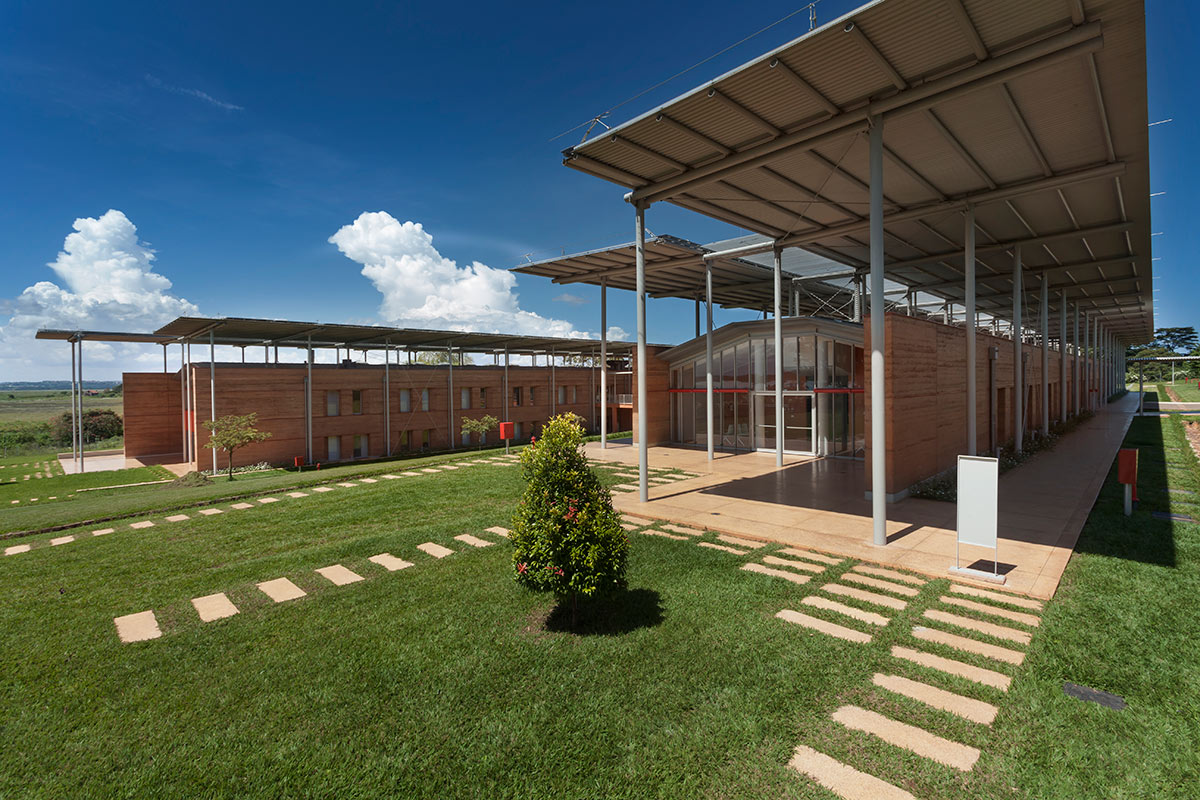
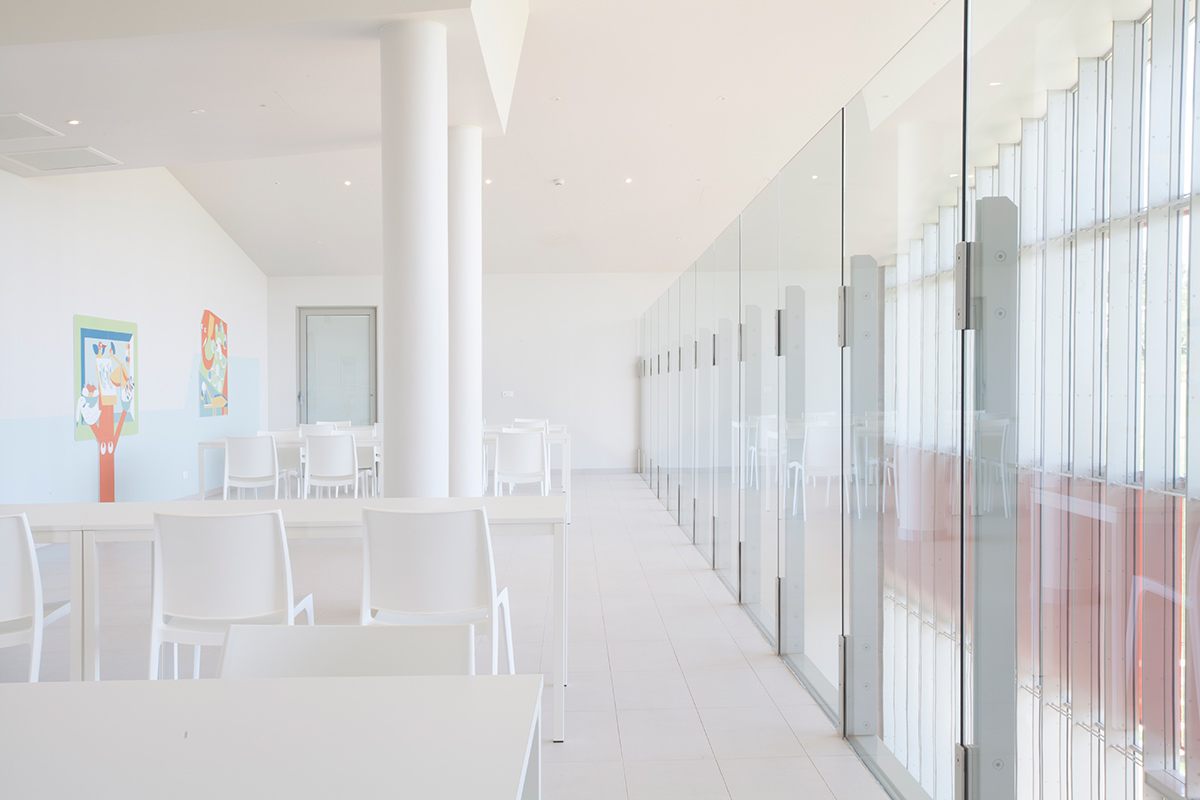
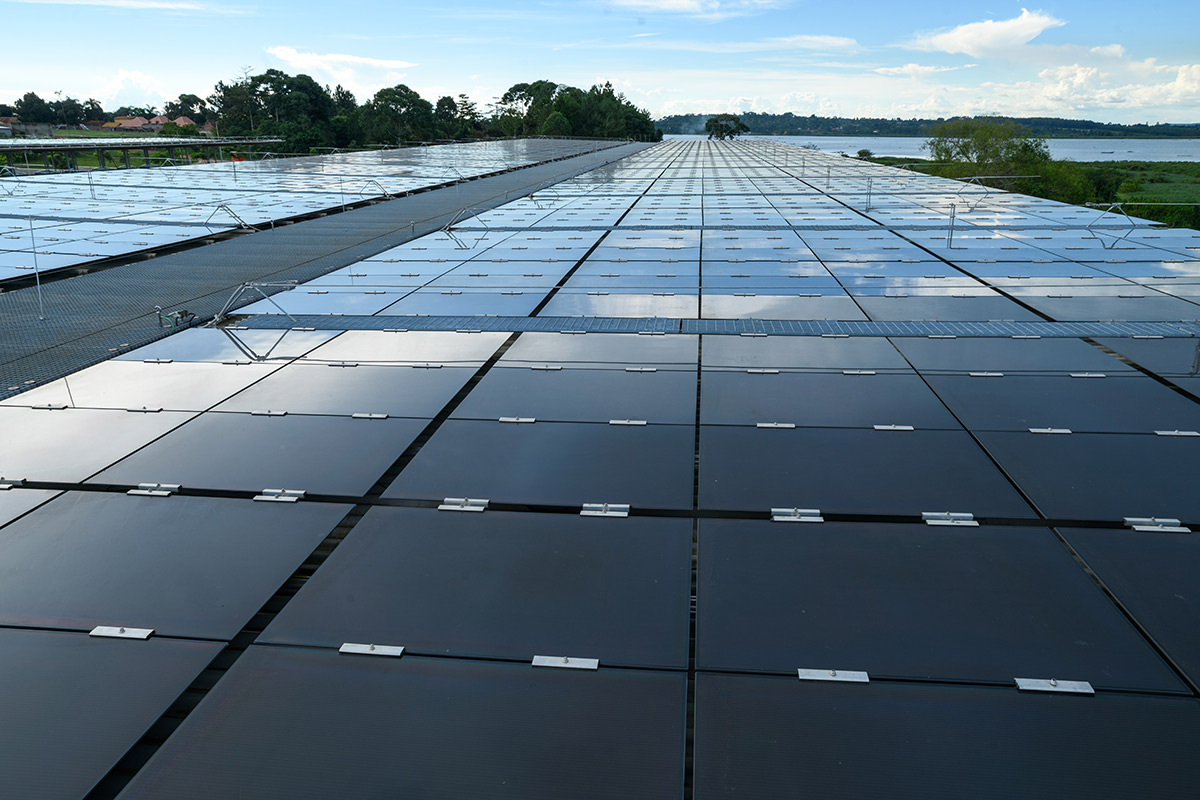

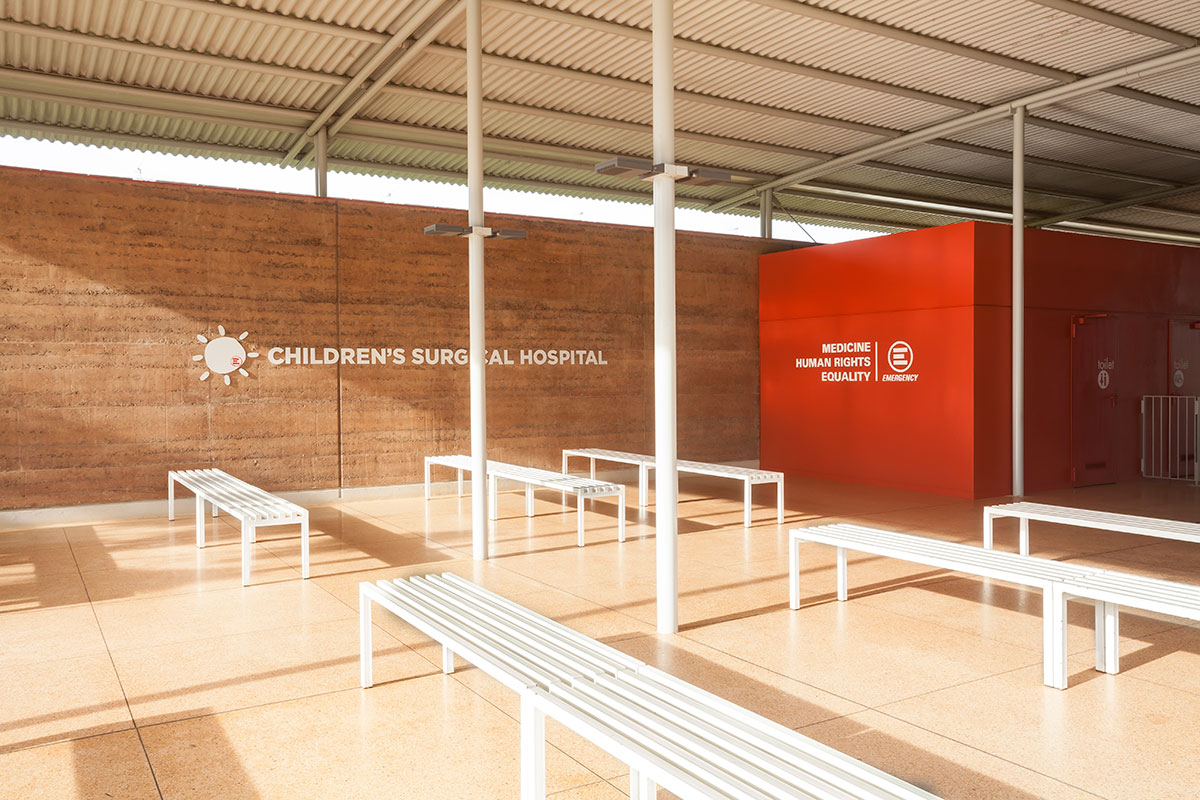
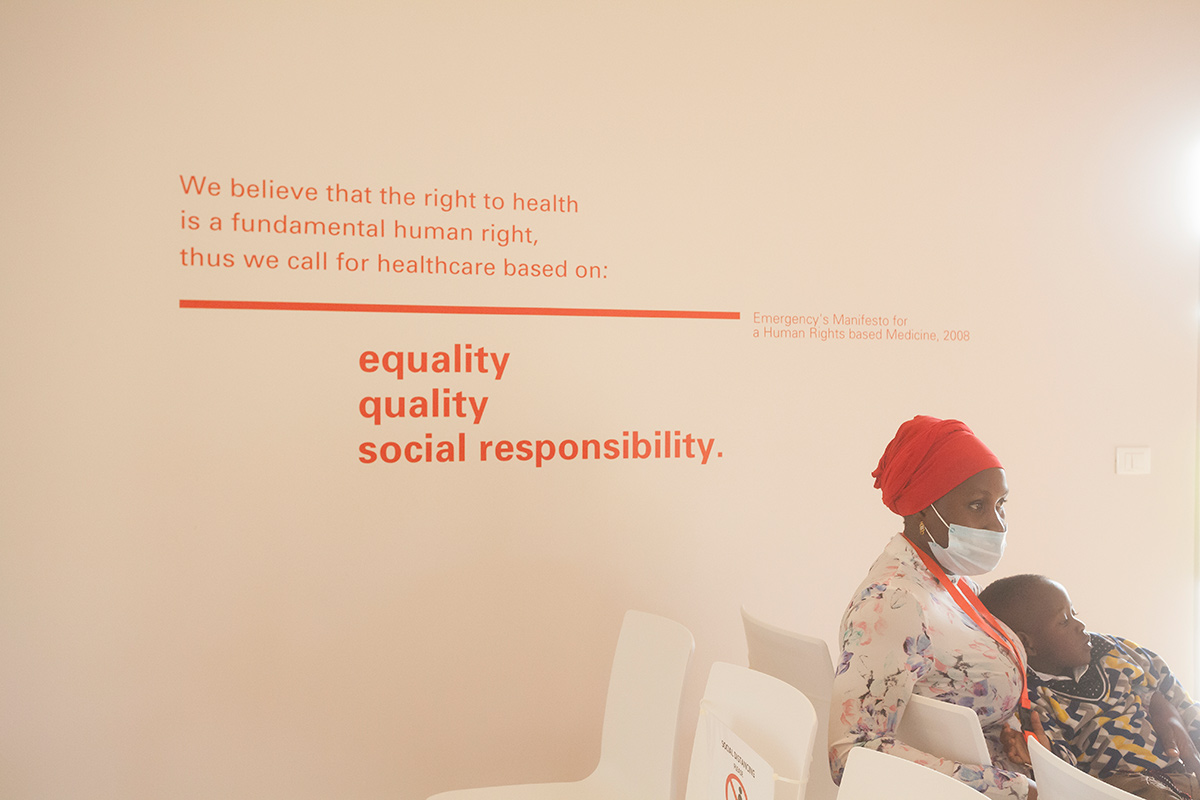
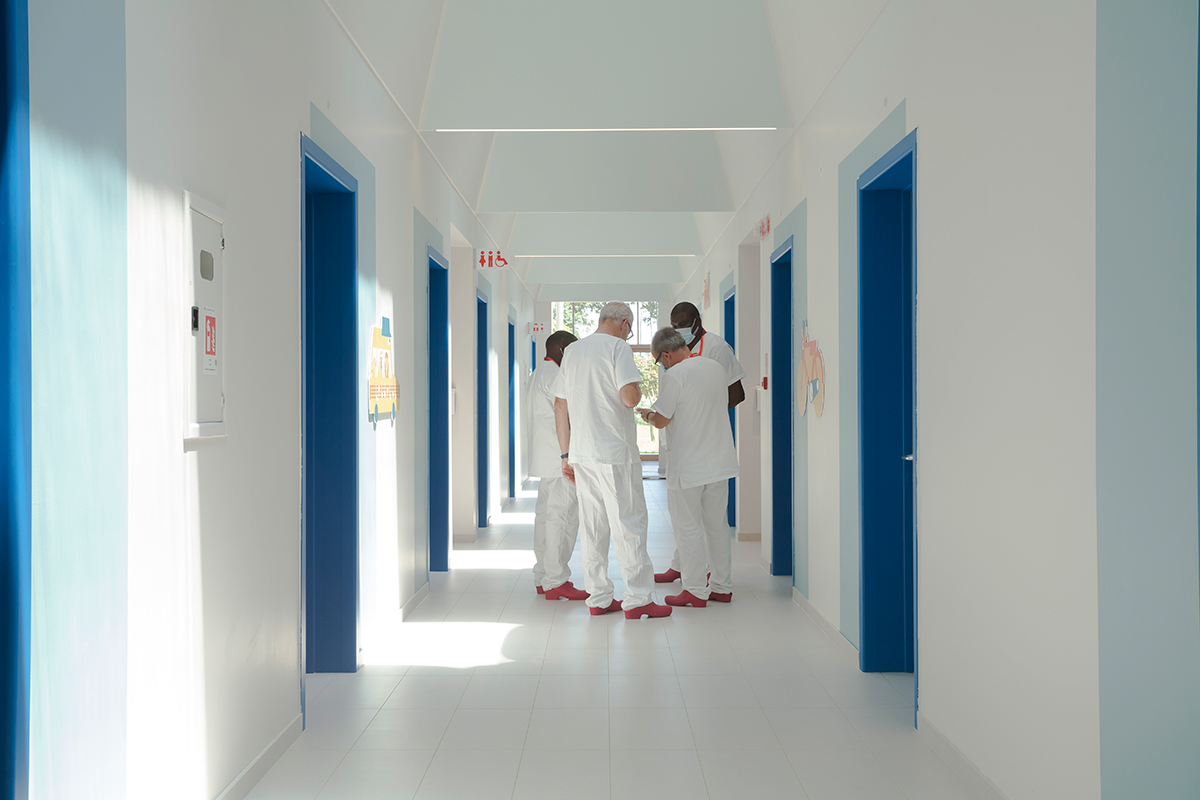
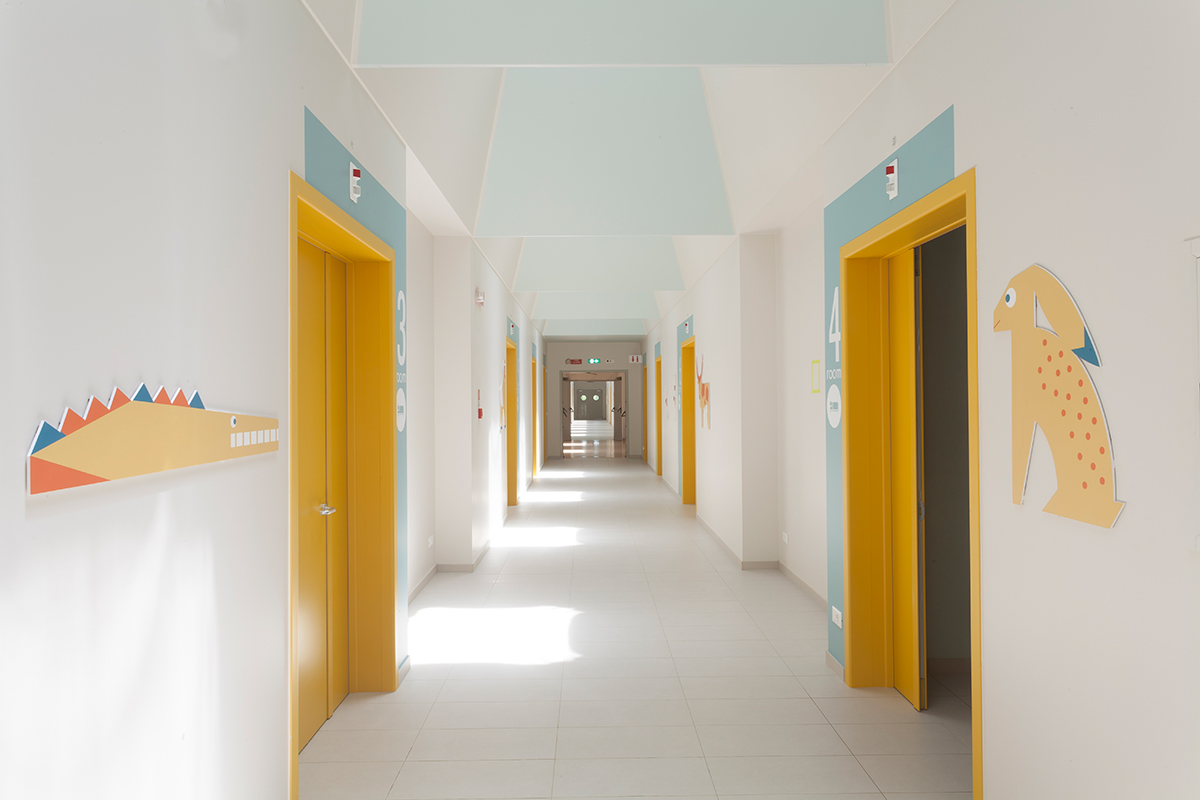
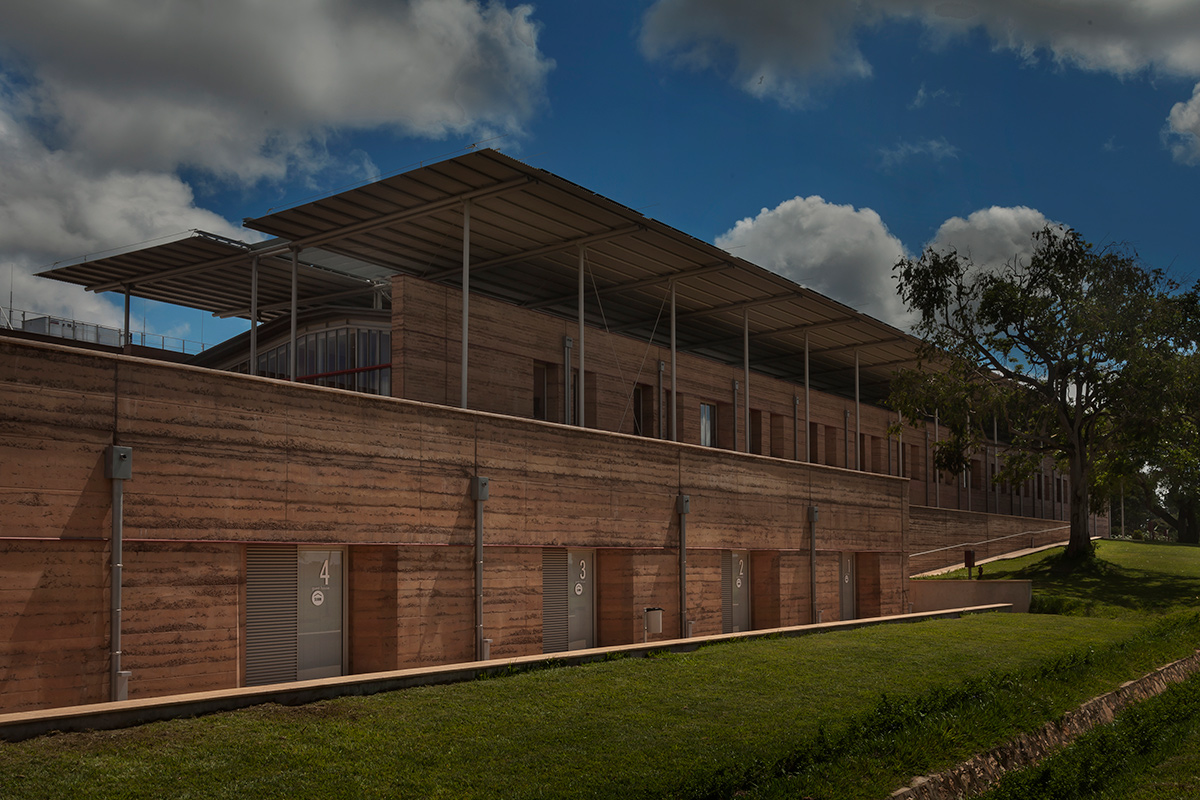

Renzo Piano
Tumaini, in Swahili language, means hope.
After 3 years from the start of the construction site, the children's surgery hospital has been completed. It has 3 operating theatres equipped with all the diagnostic and auxiliary services necessary for their functioning. 50 patient beds, 16 sub-intensive and 6 intensive care beds have been placed in the hospital rooms, together with 6 clinics and 1 centre dedicated to the education of local, sanitary and administrative personnel. The structural interventions, medical equipment and furniture were completed. The interviews for the selection of the Ugandan staff have begun.
In accordance with the "Manifesto for a medicine based on human rights" which gave birth to ANME, the principles of equality, quality and social responsibility (EQS) are the founding values underlying Emergency's humanitarian interventions, which has always recognised the obligation to provide health care wherever it is needed, without discrimination of a political, ideological or religious nature. When the Centre of Excellence in Paediatric Surgery of Entebbe opens its doors to its guests, it will become a touchstone and a place of hope for children in Uganda and neighbouring countries.


Renzo Piano
CREDITS
Video:
Kamandra Drone, Emergency, Michał Wilczek - Yours&Mine - Lupo Film (2012)
Images:
Emergency.it, newyorker.com, vanityfair.it, attribute.com, citynow.it, wikipedia.com, larchitetto.it, corriere.it, emergency.ch, Marcello Bonfanti
PARTNER



